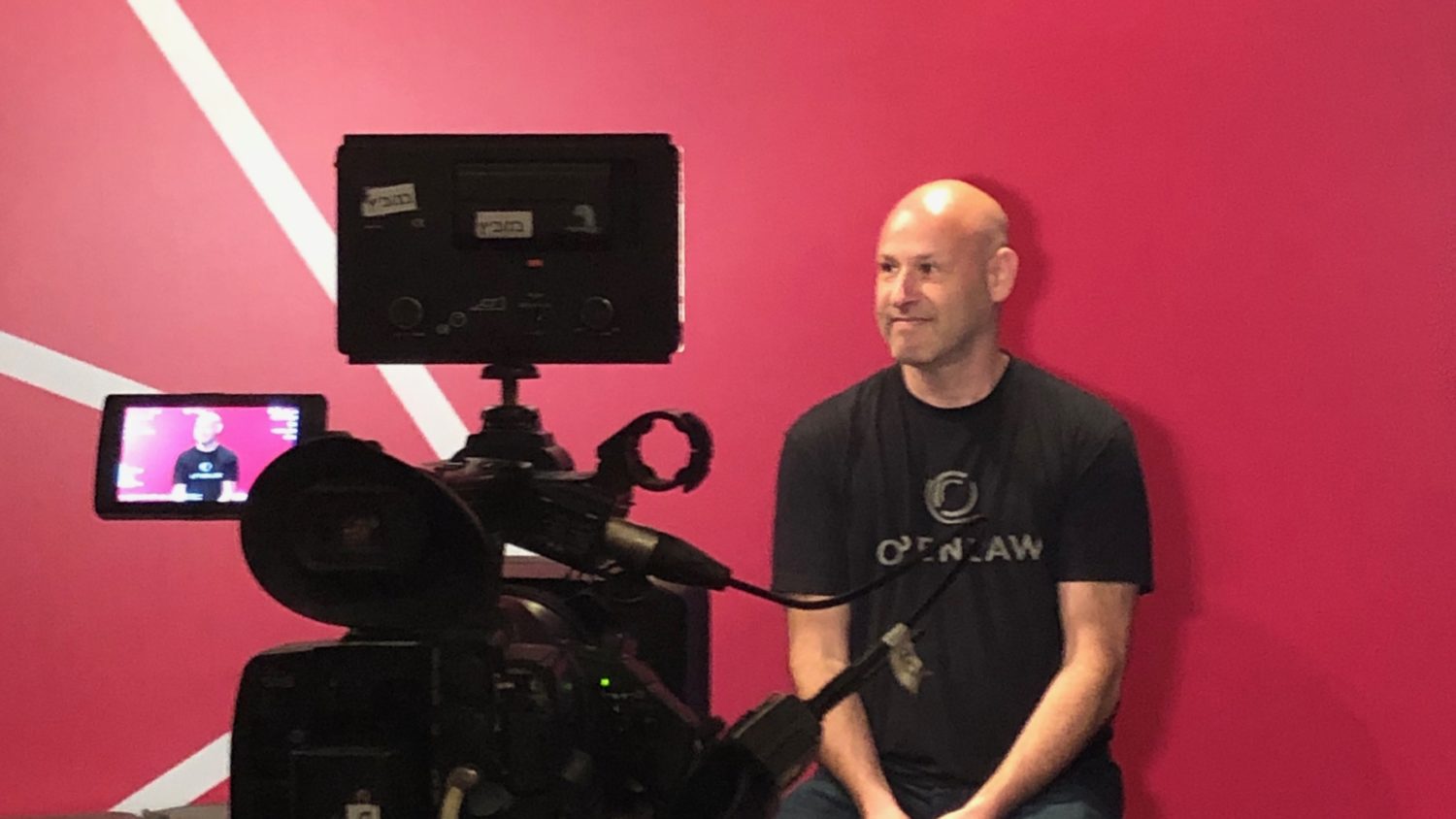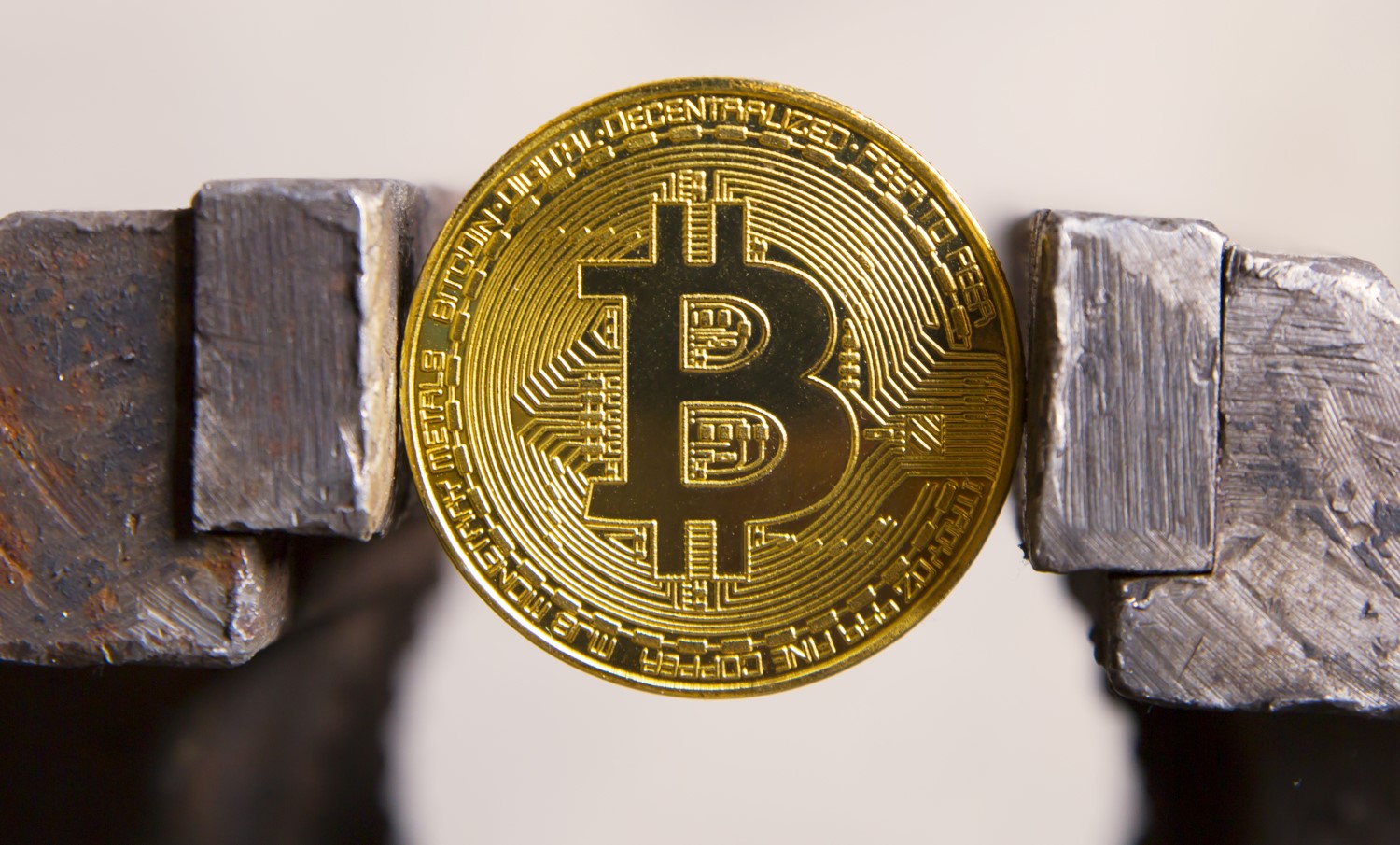Digital Dollar Project: Don’t Rush Digital Dollar During COVID-19 Crisis
Christoper Giancarlo image via CoinDesk archives
Digital Dollar Project: Don’t Rush Digital Dollar During COVID-19 Crisis
J. Christopher Giancarlo is senior counsel at Willkie, Farr & Gallagher and former chairman of the U.S. Commodity Futures Trading Commission.
As you read this, the United States along with the rest of the world has been struck with the COVID-19 pandemic. As Washington has implemented the policy response of social distancing with the resulting braking of the economy, it has set upon issuance of direct payments to individuals to offset lost wage income. To better effectuate direct assistance, proposals have been made for so-called “digital dollar” electronic cash payment infrastructures to distribute electronic payments directly to consumers. These proposals to date consider “digital dollars” in terms of distribution functionality for government benefits, not as a form of true central bank digital currency (CBDC).
The Digital Dollar Project proposes something far more fundamental: a new, additional format for U.S. currency, a digital dollar that has the same legal status as the dollars in one’s purse, only on a personal device. For government agencies charged to distribute government crisis benefits to vulnerable populations, especially those without access to banking services, direct transmission of digital dollars to smartphones would be a time-saver. Moreover, in a pandemic where viruses are transmitted by paper money and metal cash transactions, paying for food and essentials with digital dollars is more than convenient, it could be a lifesaver.
The Digital Dollar Project was launched earlier this year to lead public discussion of the merits of a tokenized form of a United States CBDC or, what we alliteratively call the “Digital Dollar.” The project looks to encourage research and public dialogue on the potential advantages of a digital dollar, convene private sector thought leaders and actors, and propose possible models to support the public sector.
The Digital Dollar Project is a partnership between Accenture, the global consultancy firm, and the Digital Dollar Foundation. The Foundation is a not-for-profit organization formed with my brother Charles Giancarlo, a veteran Silicon Valley entrepreneur, investor and executive, and Daniel Gorfine, former CFTC chief innovation officer. The Accenture team is led by David Treat, managing director and global head of Accenture’s Capital Markets Blockchain practice.
Determined to bring many perspectives and professional disciplines to bear, the Digital Dollar Project recently announced a diverse advisory board that includes economists, business leaders, technologists, innovators, lawyers, academics, consumer advocacy and human rights experts and ethicists from across the political spectrum. The board has held two virtual meetings, with more scheduled. And the project has given a series of briefings to congressional staff, Administration officials and policy bodies in the U.S. and abroad. We’ll soon publish a white paper setting out the benefits of a tokenized U.S. CBDC for the American economy and the broader global financial community.
Something as complex and worthy of the U.S. dollar’s global importance should not be cobbled together in a crisis. Getting it right will take time. Nevertheless, now is the right time to get started.
It is a somewhat unique historic characteristic of the U.S. that when it embarks upon critical technological initiatives, such as landing a man on the moon or building the internet, it often does so through a series of partnerships between the private and public sectors. We believe that creating a well-architected, durable and universal digital dollar is of similar importance. But building it will be an enormous undertaking. It needs to be done carefully, thoughtfully and deliberately and in a way that supports the critical monetary and public policy imperatives of the public sector with the knowhow, ingenuity and project management skills of the private sector. Our project aims to be a private sector thought leader in this endeavor.
Defining a digital dollar
In the two-tiered banking system within the United States, the Federal Reserve (Fed) issues bank notes for the general public and reserves for the banking system. Our proposed digital dollar would maintain the same two-tiered distribution architecture: commercial banks would trade reserves for digital dollars to issue and distribute for end user transactions.
The digital dollar would be a liability of the Fed carrying the full faith and credit of the U.S. This is different from proposals from various banks, like JPMorgan, for bank tokens that are liabilities of their singular institutions. Nevertheless, we don’t view a digital dollar as competitive with or antithetical to the development of private stable coin efforts, many of which seek to tokenize commercial bank money. Private sector innovation should continue to be built atop public monetary infrastructure.
Our proposed digital dollar would be tokenized. “Tokenization” is the act of turning an asset, good, right or currency into a digital representation with properties sufficient to attest and transfer ownership. In today’s current world, cash is a physical token. To verify the transaction, you only need to confirm the authenticity of the bill. Because each bill is unique, it is impossible to spend the same bill more than once. This differs from account-based electronic money, which uses a reconciliation-intensive, message-based approach to adjust entries in a ledger.
In a token-based system, the token (just like the dollar bill) contains all information necessary for the recipient to verify the legitimacy of the transaction. In an account-based system, the operator of the system authenticates the sender to ensure authorization to update account balances. Physical cash, banknotes, are examples of token-based central bank money, and central bank reserve accounts and bank deposit accounts are examples of central bank account-based money.
In a token model, distributed ledger technology (DLT) based systems ensure uniqueness and prevent duplicate spends through a consensus model that provides secure transaction ordering. The consensus model, which provides a mechanism to design and control specific transaction features, can fall along a spectrum of centralization and decentralization, depending on public policy concerns and the desired features of the system.
New format of money
The digital dollar is a much larger undertaking than just a federal government payments infrastructure. It means a tokenized, digital form of U.S. legal tender with all the future advantages and challenges it will engender. Its creation will likely be a source of fundamental innovations for the broader financial system. Combined with DLT, a tokenized digital dollar would be a new financial medium and new payment rail upon which central bank money can be sent and received.
It would serve as an innovative financial market infrastructure that would be portable, sent as easily as a text and allow settlement irrespective of space and time and bank access. And it would enhance confidence for conducting digital payment transactions, broaden scope, diversification and resilience in dollar payments and support retail, wholesale and international payment use cases.
Retail eCommerce is challenging for populations traditionally underserved in retail banking. A digital dollar would offer a new choice for digital transactions, instantaneous peer-to-peer payments, potentially lower costs and diversification of payment rails. It would grant economic actors greater autonomy, especially in times of heightened financial distress.
As with any cash exchange, a retail digital dollar transaction would be complete as soon as possession changes. That is very different from other cashless payments, whether by credit card, wire, personal check or digital app such as Zelle or Venmo, in which settlement is not complete until their banks have recorded, reconciled, and settled their respective debits and credits.
Wholesale payments rest on national payment systems. They are normally conducted through interbank clearing using central bank money to settle securities and other large value payments. The role that central bank money plays in conducting large value payment transactions has important distributive effects. Current wholesale large value transactions are account-based and predominantly executed by banking and payment providers that have accounts with the Federal Reserve. Only organizations with Fed accounts can transact in central bank money. A tokenized digital dollar would provide alternative access to central bank money and support the emergence of broader, more diverse financial market infrastructures.
International payments currently cannot be conducted digitally in U.S. central bank money. A digital dollar would allow more direct monetary relations to be established, reduce risks, address persistent deficiencies of the existing correspondent banking model, enhance competition in international payments and advance financial market integration. The use of a digital dollar in cross-border and offshore transactions would enable digital payments in central bank money for remittances and large value payments, including the possibility to conduct offshore securities settlement.
The Digital Dollar Project will continue its exploration of a true U.S. CBDC in thoughtful writings and by proposing a series of iterative pilot programs. Creating a well-functioning and universal digital dollar should be done in the same way that the internet was created, by supporting the monetary and public policy concerns of the public sector with the know-how, financing and project management skills of the private sector. And it should be done deliberately, cautiously and, yet, with determination.
Something as complex and worthy of the U.S. dollar’s global importance should not be cobbled together in a crisis. Getting it right will take time. Nevertheless, now is the right time to get started.
Disclosure Read More
The leader in blockchain news, CoinDesk is a media outlet that strives for the highest journalistic standards and abides by a strict set of editorial policies. CoinDesk is an independent operating subsidiary of Digital Currency Group, which invests in cryptocurrencies and blockchain startups.









